Winter 2020’s stand-out anime is, without a doubt, Keep Your Hands off Eizouken! The manga-turned-anime traces a trio of high school girls as they set out to become anime creators. But since one is forbidden from joining the anime club, they form the “Eizouken” (video research club). There, the trio learn about teamwork, visual storytelling, and working to deadlines.
The series constantly makes use of references to classic anime series and brings to life stunning flights of fancy in inventive ways. Though plenty of other series explore this journey, Eizouken is extra special in that it’s exploring character types and personalities who rarely get starring roles.
There’s Midori Asakusa, an anxiety-riddled artist who excels at world-building. There’s Tsubame Mizusaki, a teen model whose keen eye for movement makes her a genius with key animation. And then there’s Sayaka Kanamori. She doesn’t give a damn about anime. She probably wouldn’t get any of the references in her own show. But she knows things Asakusa and Mizusaki don’t: how to handle money, people, and deadlines.
While Kanamori initially seems like she’s set up to be a strange third wheel in Eizouken, she’s an indispensable part of the team. Her knowledge and experience brings out the best in these two fresh talents… and honestly, all of us could do with a Kanamori of our own.
Whether in the form of a trusted friend or an inner voice, Kanamori’s lessons and philosophies are essential to any creative mind. Even if they’re not always fun at the time, they make us shine. Watching Keep Your Hands off Eizouken! in full is the best way to learn all her lessons, but here are five big ones to get you started:
We can’t (and shouldn’t) try to please everyone.
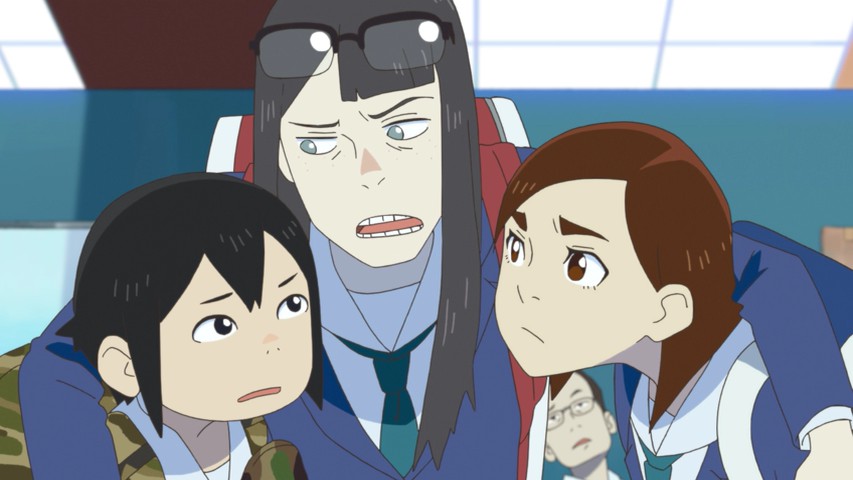
People in creative careers are a weird bunch. We’re generally terrified of the opinions of others, then go into jobs where we live or die by those same opinions. It means we’re more likely to give our all on a project, but it can also be a drawback.
Toward the middle of the series, the Robotics Club approaches the Eizouken, requesting a short anime about their homemade robot. Asakusa fears she won’t be able to render their robot as both real and cool enough to please all potential audiences… and Kanamori points out that, well, of course she can’t. No one can. And no one needs to.
It’s true that we can’t please all of the people all of the time. Deep down, we know this. But as creators, we want as many people to love our work as possible. When that gets in the way of us even finishing a project, though, what’s the point? You’ll either freeze, or you’ll overcorrect so much that the end result will be soulless. Doing our best work is the surest way to pleasing the most people.
Artistry is important, but so are deadlines.
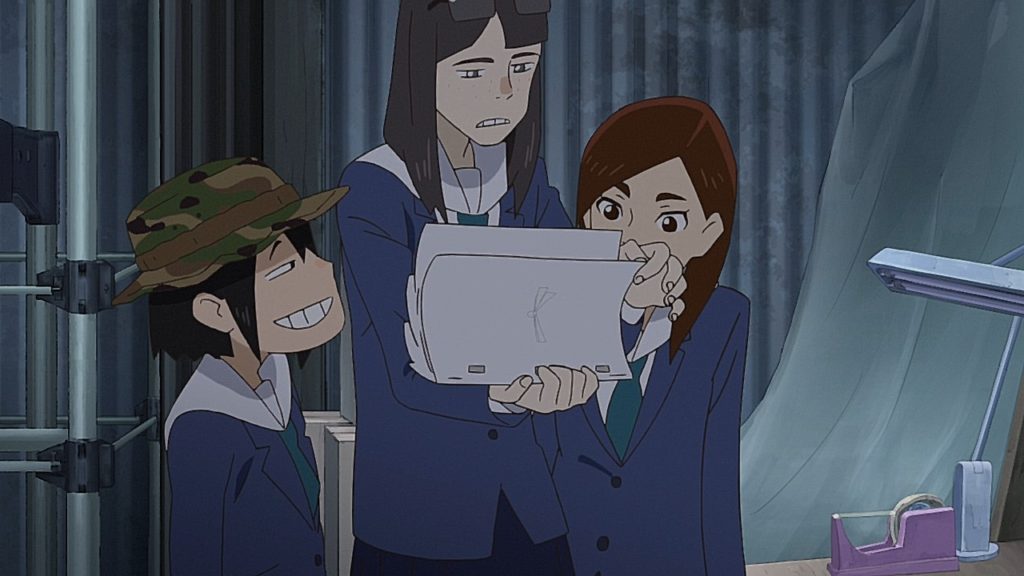
If I had my way, I’d never take shortcuts on my creative work. I’d devote every moment of every day to making sure every word I write is perfect. But there are only so many hours in a day, and deadlines are a thing.
Now that she has the opportunity to animate, Mizusaki wants to do every frame by hand and pack those frames in. When Kanamori points her to in-betweening software, she rejects it at first — that’s cheating. It’s not real art. The point is in making it beautiful and real, right?
Kanamori’s counterpoint: there is a deadline, they’re behind it, and she should focus her best work on the most important scenes.
While we would love to make every tiny element of our work handcrafted and perfect, deadlines and time constraints are real. There’s no shame in focusing up on one element of your work and doing what’s necessary to get it done. Provided it’s ethical, of course. Is it ideal? No. But neither is an unfinished project.
Focus on your current project.
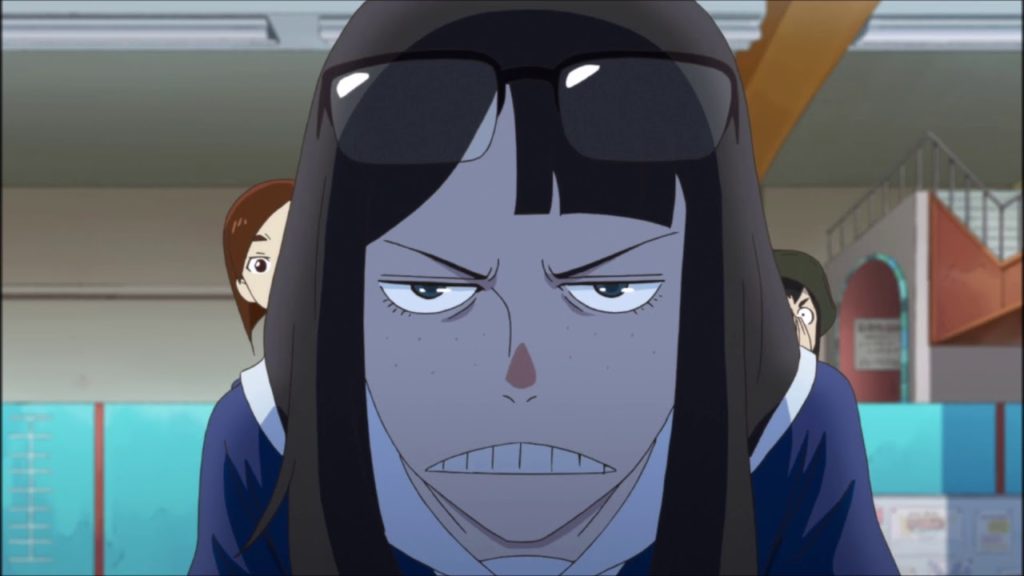
If you’re anything like me, you have too many ideas. My biggest Evernote folder is a repository of “someday” ideas: stories I thought up while working on other stories. It really does seem that we’re at our most creative when we’re meant to be doing other things.
As the Eizouken puts together an anime to promote their hometown, Asakusa can’t stop world-building… for other stories. The ideas are beautiful and unique, and they belong in her notebook. But she’s coming up with them at a time when her collaborators need her to focus on the project at hand. She’s the scenario writer, after all. She decides what happens.
It may feel like a buzzkill to have someone pull you back to the project at hand, but there will be time. Your current project was a “someday” idea once, too, after all!
Money doesn’t negate creativity.
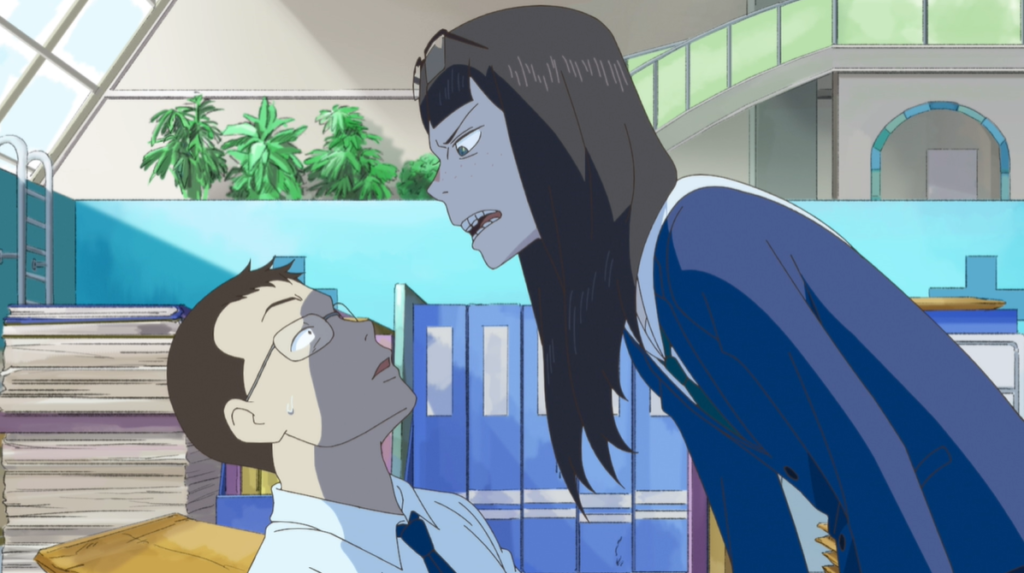
Other students mock Kanamori for how money-obsessed she seems. Her mind is always on increasing the club’s budget, whether by turning out a stunning spec piece or selling at a convention. Her financial know-how is one of her strongest points… but it brings with it criticism.
In recent episodes, the school board criticizes the Eizouken for seeking out money for their creations. School policy aside, they claim the satisfaction of a job well done should be reward enough for students. Kanamori points out — quite rightly — that teenagers should learn how to manage their finances as early as possible. But she also points out (again quite rightly) that it’s okay to want recompense for your artwork.
Consumers often tell creators that, if they are doing their work “for the love,” they shouldn’t want or need money in return. (See the DMs of just about any of your artist friends.) There’s no shame in believing your work is worth something, though, or in defending yourself when someone tries to tell you what they think your time and effort are worth. And putting a price tag on your art does not automatically remove its soul. Creative people need to eat, too.
Your anxiety is your worst enemy (and a liar).
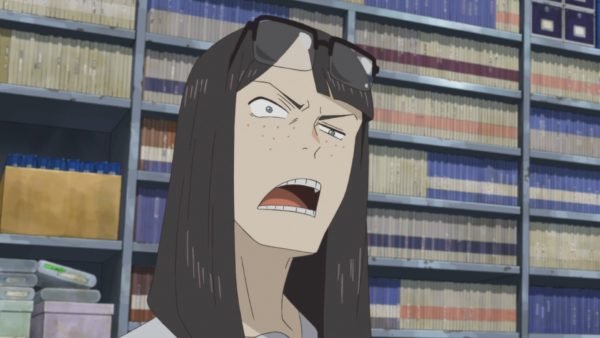
As I mentioned above, we as creators are in a career that’s equal parts fulfilling and taxing. Add to that the fact that we’re doing so much inside our own heads, and anxiety will almost certainly surface in some form.
Asakusa is a relatable Anxiety Haver: full of ideas, exuberant about them, and chasing her dreams. But the minute those ideas land in front of an audience, all bets are off. It’s a constant battle for many creators, and sadly anxiety wins out in many cases. But Kanamori knows talent when she sees it. Asakusa is talented, but her fear of failure could be her undoing. And that’s not something Kanamori wants — partly because it would cause trouble for the Eizouken, but also because it would stop her friend’s talent from getting out into the world.
We deserve better than the life our anxiety maps out for us. It’s hard for a friend to state this fact clearly without it sounding like they’re blaming us, but Kanamori risks it. And, as in all things, her words are harsh but fair.
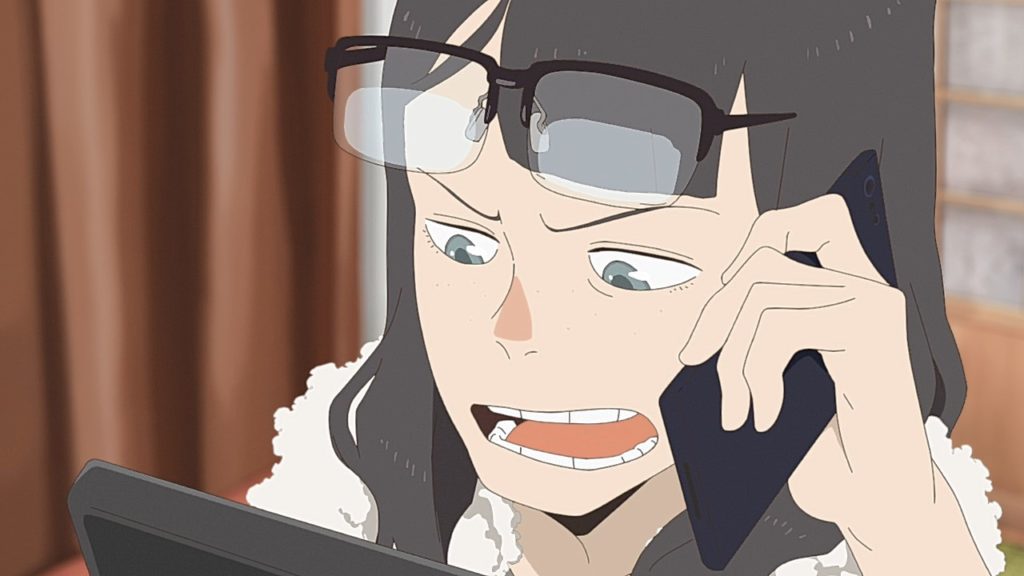
Keep Your Hands off Eizouken! is a show anyone in a creative field needs to see. It’s beautiful to look at, inspiring to watch, and the characters are relatable. Most of all, though, we need Kanamori’s lessons in our life. We as creators deserve to be viewed and treated fairly, both by ourselves and others, and to be given the means and space to do our best. When that happens, as with the Eizouken, we can make magic.

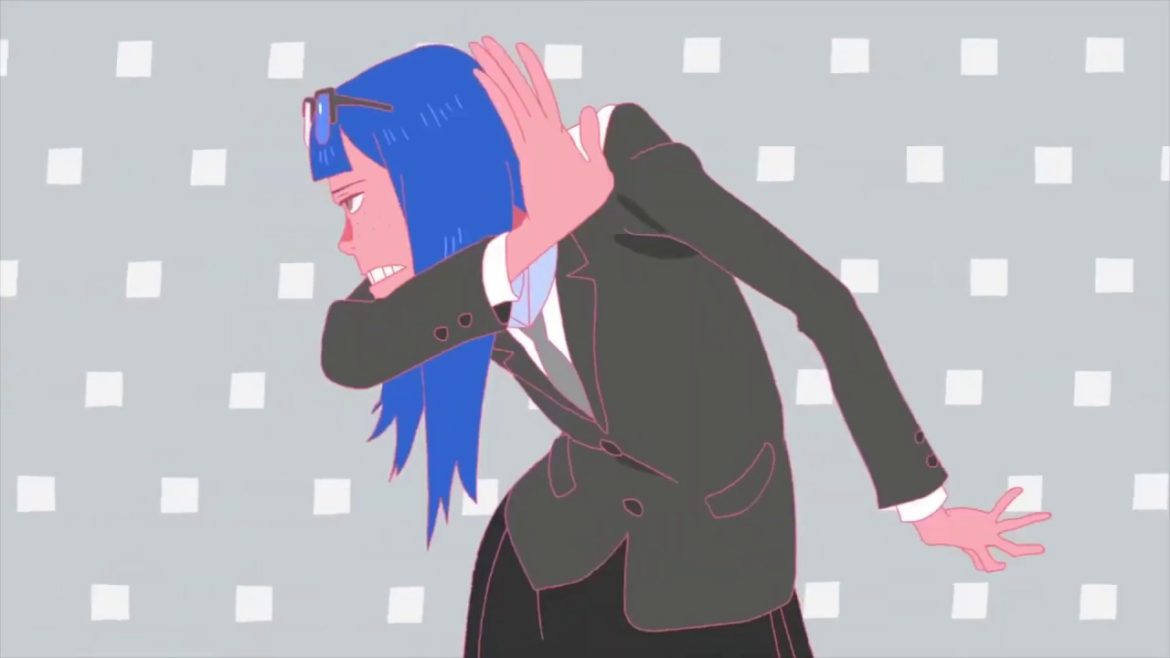
Comments are closed.